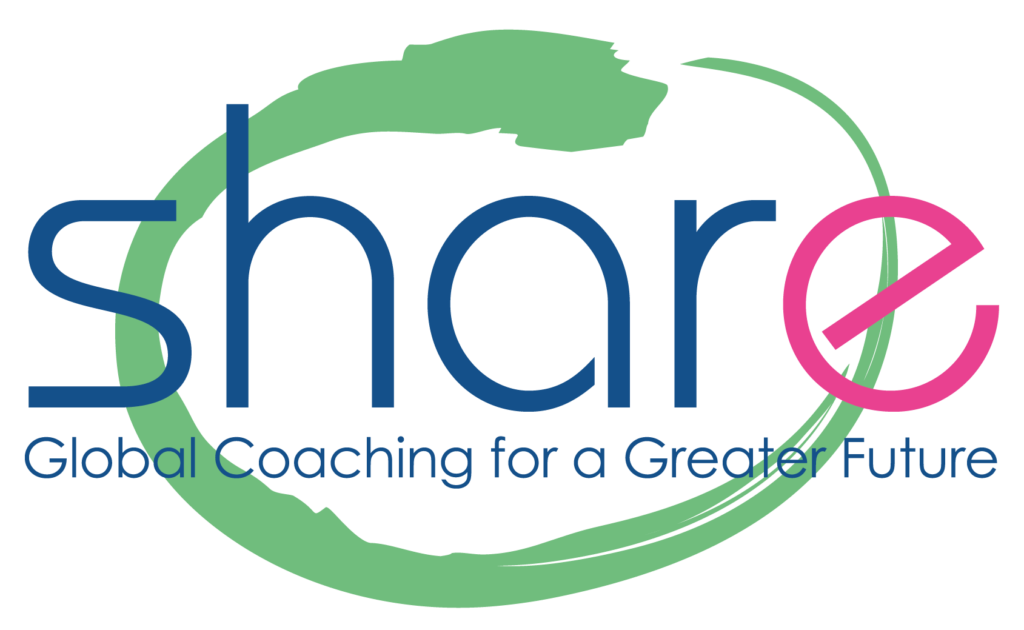This newsletter is a follow-up to my first newsletter on biases, published in November. You can find it on www.share-coach.com/eng/articles
To begin with, I suggest the following definition of biases: accidental, unintended, subtle and completely unconscious choices, made by everyone, all the time (Source: Neuroleadership Institute).
This means that, since we all have a brain, we are all biased. Consequently, our first step consists in acknowledging the fact that, even though we may not be aware of it, we all have biases. If we want to overcome them, we must set up some “firewalls” that will enable us to lessen their impact.
Biases work like our internal organs. And there’s the rub: unless there is a problem, we are not aware of their workings (are we aware of what is going on in our liver?). Even a thorough examination of their physiology and their mechanisms will not improve our awareness. It is consequently wiser to set up preventive “firewalls”.
In this article I suggest that we examine two categories of biases that are particularly harmful in enterprises:
1/ The expediency bias
2/ The experience bias
The expediency bias
It is the mental shortcut that enables us to take quick and effective decisions. The problem is that sometimes our decisions are based on flawed premises.
Our brain has two decision-making lanes
The “fast lane”, which leads us to decide on the basis of immediate emotions and quick access to information. It enables us to react almost immediately and hence to make intuitive decisions. This happens when we have to avoid a danger or when, because of time limits and a heavy workload, we have to make quick decisions.
The “slow lane” is based on conscious and rational reasoning, a method which demands increased mental and physical energy, since our decision-making comes from our cognitive brain which filters our immediate emotions, steps back to analyze the facts and takes a decision only after careful consideration.
The consequences are twofold: 1/ If we are not sufficiently aware of our emotional biases, we risk making choices solely on the basis of information that is more readily accessible to our brain as well as on recent experience, without examining reality in its entirety. Hence, we may deceive ourselves into thinking that the best solution is making the same choices as in the past, thus limiting creativity, whereas other solutions, better suited to the situation, should perhaps be considered.
Antidotes
When we listen to a client or a co-worker, we automatically tend to pre-sort information on the basis of the first solution that comes to our mind. Consequently, we only pay partial attention to what others are saying.
The first antidote therefore consists in keeping from thinking about solutions while the other party is speaking and jotting down everything he/she says so as to have all the information necessary to reach a decision. When making the decision, we should define in writing the logical steps leading to it. This will help us make sure that we have examined all the aspects of the question. Finally, it is advisable to share our point of view with others and ask for their opinion to have a more complete perspective.
The second antidote consists in:
a/ writing down all the different steps leading to the decision, paying particular attention to leaps of logic and illogical features;
b/ taking into account as much information as possible in the decision making process;
c/ analyzing the decision’s advantages and disadvantages.
The expediency bias in a nutshell
| What is it? | A mental decision-making shortcut based on emotions or a partial analysis of reality |
| Advantages | Quick and efficient decision-making |
| Disadvantages | The decision-making process does not examine the situation in its totality |
| Antidotes |
1/ listening without envisaging a solution |
The experience bias
It is the belief that our way of looking at the world is the objective reality, whereas it is only a partial reality, conditioned by our view of the world, which is in turn influenced by our personal background, our expectations in a particular situation, our emotional state, our personality.
This bias is particularly tricky because it acts on an unconscious level; hence each one of us is convinced that reality as he/she sees it is the “real McCoy”. Think about conflicts: each party is convinced he/she is right since he/she only sees HIS/HER own side of reality and therefore believes that this is the only possible reality and that the other party is either acting in bad faith or has a partial or flawed view of reality. As you can see, it is very difficult to convince someone who is under the spell of this particular bias that he/she is wrong…
Antidotes
The first and most important antidote to this bias is doubting our personal truth, which may be incomplete and perhaps inaccurate. The second is asking the other parties for their points of view and listening to them attentively, without jumping to conclusions and without thinking that they are in bad faith. The third is asking an outsider to express his/her point of view.
The experience bias in a nutshell
| What is it? | The belief that our perception of the world is the objective reality |
| Advantages | None ! |
| Disadvantages | Conflicts and misunderstandings |
| Antidotes |
1/ a healthy doubt |
I invite you to become aware of the impact of these biases on the quality of the relationship with people you care for and to think about the steps you can take to have more fulfilling relationships.
I take this opportunity to wish you Happy Holidays…See you next year!
To write this article I used the following sources:
Daniel Kahneman, Thinking fast and slow, New York 2011
Neuroleadership Institute : talks and articles
Gallotti & Lorenzen, Make the Right Choices, Streetlib, 2016



